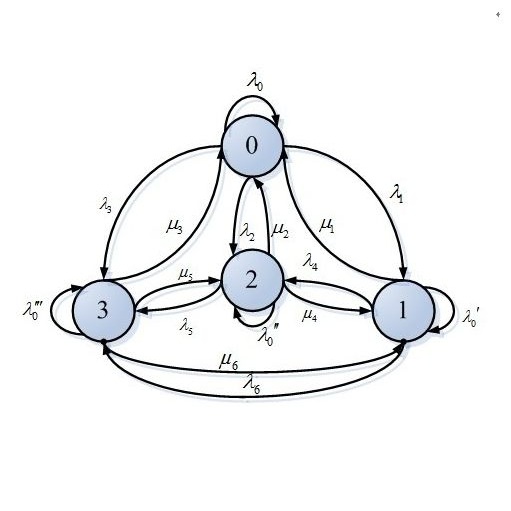
This paper takes the reader on a journey through the history of Bayesian computation, from the 18th century to the present day. Beginning with the one-dimensional integral first confronted by Bayes in 1763, we highlight the key contributions of: Laplace, Metropolis (and, importantly, his co-authors!), Hammersley and Handscomb, and Hastings, all of which set the foundations for the computational revolution in the late 20th century -- led, primarily, by Markov chain Monte Carlo (MCMC) algorithms. A very short outline of 21st century computational methods -- including pseudo-marginal MCMC, Hamiltonian Monte Carlo, sequential Monte Carlo, and the various `approximate' methods -- completes the paper.
翻译:从18世纪到今天,本文让读者在经历贝叶斯计算史的历程中走过。从1763年拜叶斯第一次面对的单维整体开始,我们强调以下关键贡献:拉帕特、大都会(以及重要的是,他的合著者!)、汉默斯利和手架以及黑斯廷斯,所有这些都为20世纪末的计算革命奠定了基础 -- -- 主要由马尔科夫连锁公司蒙特卡洛(MCMC)算法(MMC)领导。21世纪计算方法 -- -- 包括假边际MCM、汉密尔顿蒙特卡洛、接连的蒙特卡洛和各种“近距离”方法 -- -- 简略概括了21世纪的计算方法 -- -- 包括假边际MCC、汉密尔顿蒙特卡洛、相继的蒙特卡洛和各种“近距离”方法 -- -- 完成了论文。

